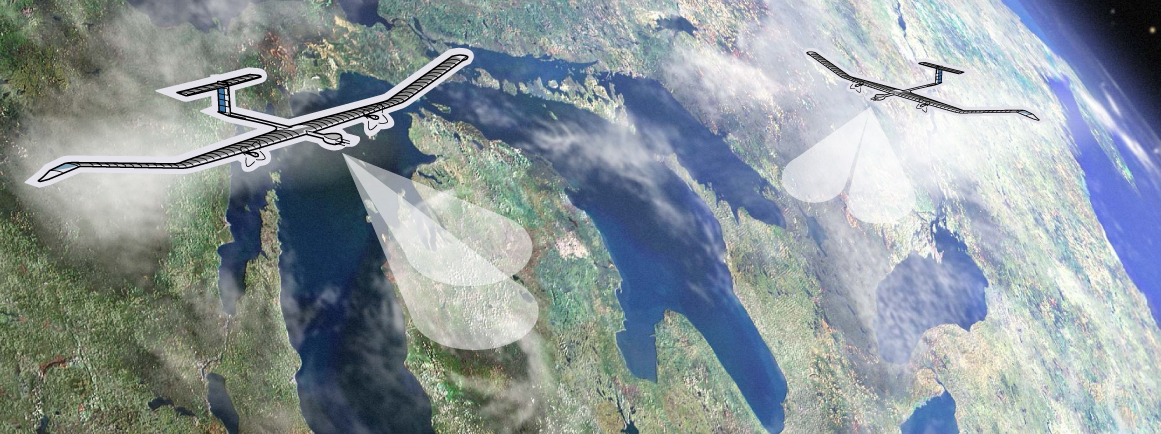
Wireless communications
High altitude platforms provide a high level of flexibility in the provision of wireless communication services, especially in challenging environments where terrestrial infrastructure cannot meet societal demands. They can be designed to serve a large number of users, either in dense urban areas or over a wide geographical area.
Applications
Disaster relief
High altitude platforms offer a means of restoring wireless communication to regions where terrestrial infrastructure has been destroyed owing to a natural disaster. They can be deployed rapidly and cost-effectively to restore communications, and can provide higher capacity and lower latency communication than existing satellite systems.
Rural broadband
High speed internet access remains patchy in many parts of the developed world, owing to the expense of deploying terrestrial infrastructure to remote communities. In other parts of the world, reliable internet access and mobile phone coverage is heavily concentrated in urban areas. High altitude platforms offer a promising solution to this problem as they can cover substantial geographical areas. For example, a typical cell can readily reach a 60-150 km radius with a 20 km altitude platform. Many types of platform also have the potential to benefit significantly from renewable energy, through arrays of solar cells.
Event servicing
One or more high altitude platforms can be deployed above a venue (eg, a stadium, concert hall or exhibition venue) to provide a high capacity base station which can serve the communication needs of an unusually dense user population. Such platforms can augment existing terrestrial networks to meet the increased capacity requirement for relatively short periods of time.
Research and development challenges
- Design of sustainable and resilient aerial platforms for provision of broadband Internet and 5G communications access to rural areas in developing countries.
- Intelligent radio resource and topology management algorithms for high altitude, low altitude and terrestrial mesh network architectures.
- Coexistence and interference management for high altitude platforms sharing common spectrum with terrestrial systems.
Contact us
Dr Paul Mitchell
Director, Centre for High Altitude Platform Applications
Related links
Contact us
Dr Paul Mitchell
Director, Centre for High Altitude Platform Applications